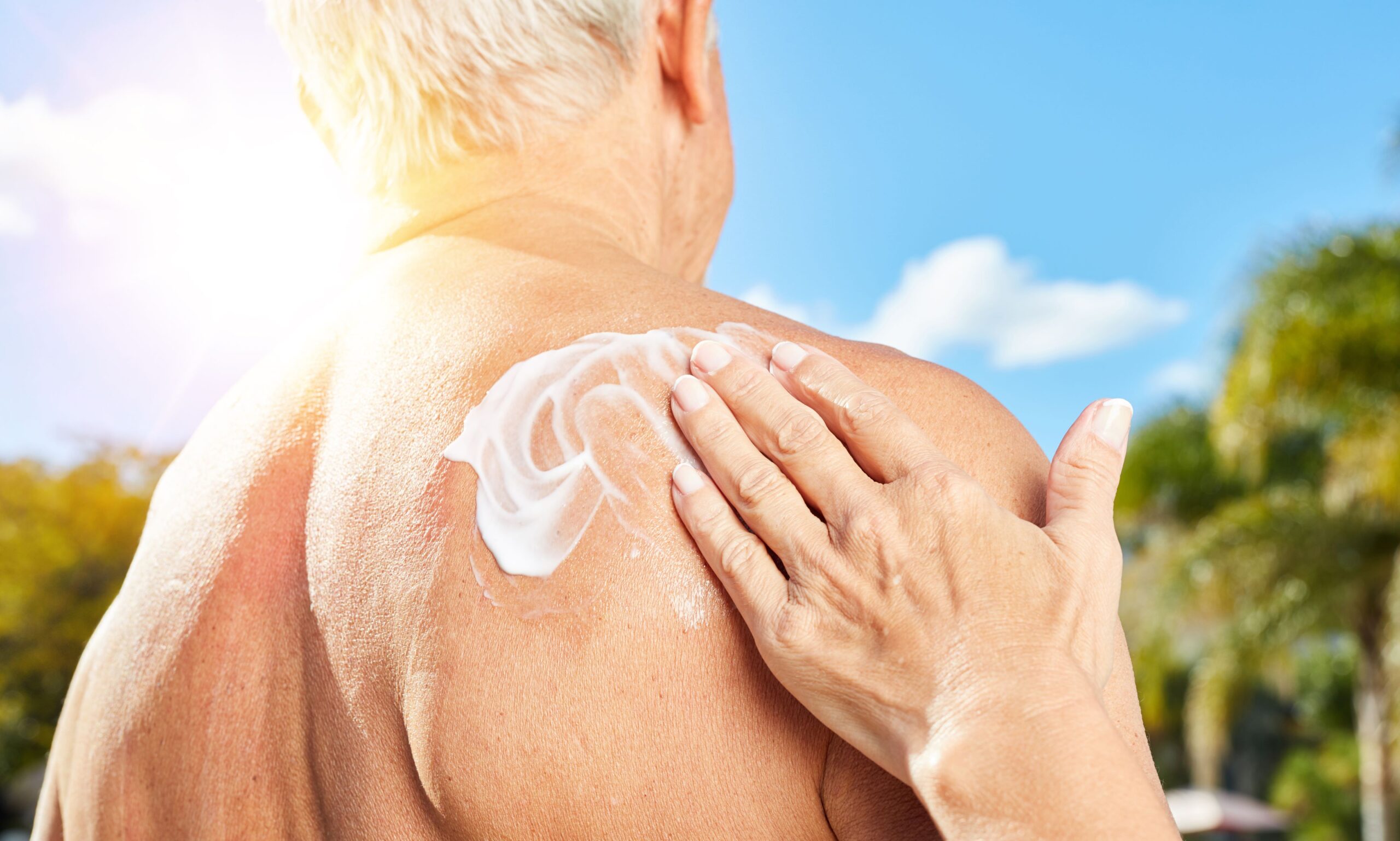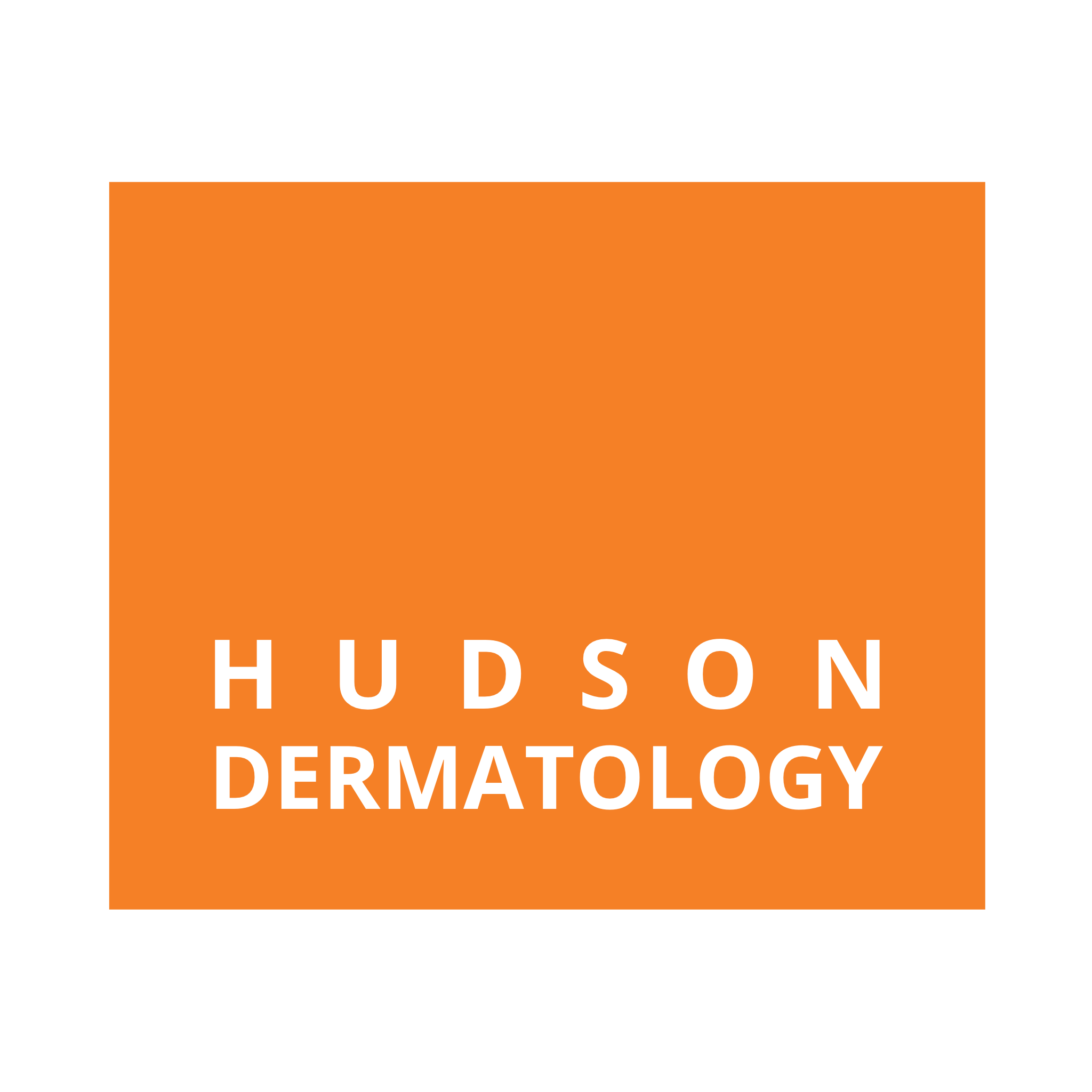
July is UV Safety Awareness Month, emphasizing the importance of protecting your skin from harmful UV rays. This month is dedicated to raising awareness about UV radiation and promoting healthy skin habits. While UV protection is crucial year-round, the summer is a perfect time to reinforce these practices. Stay informed, follow these tips, and enjoy the sun safely while keeping your skin healthy.
UNDERSTANDING UV RADIATION
UV radiation comes from the sun and artificial sources like tanning beds. It is divided into three types:
- UVA: Penetrates deeply into the skin, contributing to premature aging and wrinkles.
- UVB: Affects the skin's surface and is the main cause of sunburn.
- UBC: Mostly absorbed by the earth's atmosphere and does not reach the ground.
WHY UV SAFETY MATTERS
Excessive exposure to UV radiation can lead to several skin problems, including:
- Sunburn: Painful, red, and inflamed skin.
- Premature Aging: Wrinkles, fine lines, and age spots.
- Skin Cancer: The most severe consequences include melanoma, basal cell carcinoma, and squamous cell carcinoma.
- Eye Damage: Conditions like cataracts and macular degeneration.
TIPS FOR UV PROTECTION
- Apply Sunscreen: Use a broad-spectrum sunscreen with an SPF of at least 30. Apply generously 15 minutes before sun exposure and reapply every two hours, or after swimming or sweating.
- Wear Protective Clothing: Long-sleeved shirts, wide-brimmed hats, and UV-blocking sunglasses provide additional protection.
- Seek Shade: Especially between 10 a.m. and 4 p.m. when UV rays are strongest.
- Avoid Tanning Beds: They expose you to intense UV radiation and increase the risk of skin cancer.
- Check the UV Index: This scale helps you understand the day's UV radiation level, allowing you to take appropriate precautions.
UV PROTECTION AND SKIN TYPES
Different skin types react differently to UV radiation, making personalized protection plans essential. Here’s a quick guide:
- Fair Skin: Burns easily and has a higher risk of skin cancer. Requires higher SPF and more frequent reapplication.
- Medium Skin: This type of skin tans more easily but is still at risk for sunburn and skin damage. Use a broad-spectrum sunscreen and take regular breaks from direct sun exposure.
- Dark Skin: Less prone to burning but still vulnerable to UV damage and skin cancer. Daily sunscreen use is recommended to prevent long-term damage.
COMMON MYTHS ABOUT UV PROTECTION
Myth: “You don’t need sunscreen on cloudy days.”
Fact: UV rays can penetrate clouds, so protection is essential, even on overcast days.
Myth: “People with darker skin tones don’t need sunscreen.”
Fact: Everyone, regardless of skin color, needs UV protection to prevent skin damage and cancer.
Myth: “You can’t get sunburned in the water.”
Fact: Water reflects UV rays, increasing the risk of sunburn. Always apply waterproof sunscreen when swimming.
EARLY DETECTION AND REGULAR CHECK-UPS
Early detection of skin issues is crucial for effective treatment. Regular skin exams with a board-certified dermatologist can help identify any concerns early. Look for changes in moles or new growths, and schedule an appointment if you notice anything unusual.
